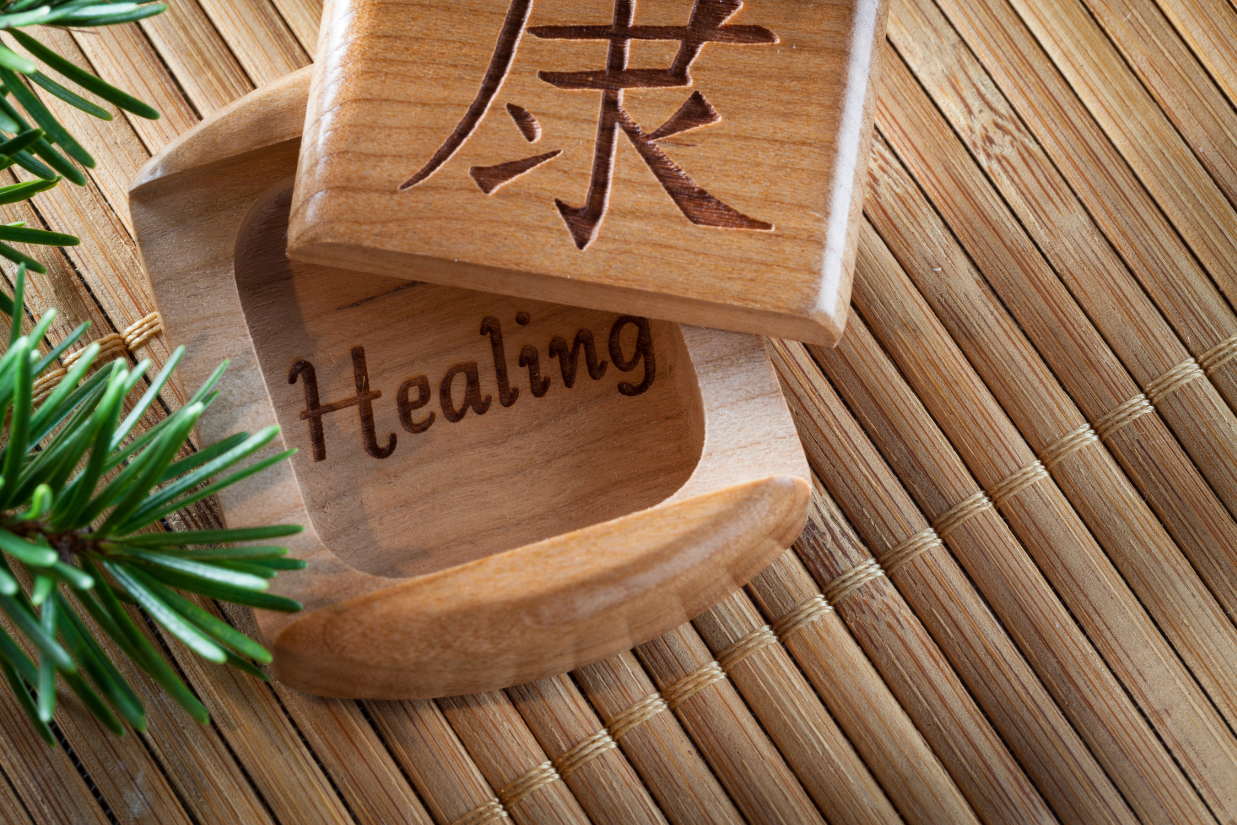In our journey through life, emotional wounds and psychological scars are inevitable companions. Whether it’s a traumatic event, a broken relationship, or the everyday stressors we face, these experiences can leave lasting imprints on our minds and hearts. But the good news is that healing from within is not only possible but also essential for our overall well-being. In this blog post, we’ll delve into various techniques and resources for emotional and psychological healing to help you find inner peace and restore your mental equilibrium.
The Importance of Emotional and Psychological Healing
Before we explore healing techniques, let’s understand why it’s crucial to address emotional and psychological wounds:
- Improved Mental Health: Unresolved emotional trauma can lead to conditions like depression, anxiety, and post-traumatic stress disorder (PTSD). Healing can significantly improve your mental health.
- Enhanced Relationships: Emotional scars can affect how we interact with others. Healing helps us build healthier and more meaningful connections.
- Greater Resilience: Healing equips us with tools to cope with future challenges. It fosters emotional resilience and strength.
- Inner Peace: Achieving emotional and psychological healing allows us to find inner peace, contentment, and a sense of purpose.
Techniques for Emotional Healing
- Therapy and Counseling: Seeking the help of a trained therapist or counselor can provide a safe space to explore and process your emotions. Cognitive-behavioral therapy (CBT), talk therapy, and trauma-focused therapies are effective options.
- Mindfulness and Meditation: These practices teach you to be present in the moment, observe your thoughts and feelings without judgment, and gradually let go of emotional pain.
- Journaling: Writing down your thoughts and feelings can be a therapeutic way to express yourself and gain clarity on your emotions. It’s a valuable tool for self-reflection and self-discovery.
- Art and Creative Expression: Engaging in creative activities like painting, music, or writing can help you express and release pent-up emotions that may be difficult to put into words.
- Yoga and Physical Exercise: Regular physical activity releases endorphins, which are natural mood lifters. Yoga, in particular, combines physical movement with mindfulness, promoting emotional healing.
- Support Groups: Connecting with others who have experienced similar challenges can provide a sense of belonging and understanding. It’s an opportunity to share experiences and learn from one another.

Strategies for Psychological Healing
- Positive Self-Talk: Challenge negative self-beliefs and replace them with positive affirmations. Acknowledge your worth and capabilities.
- Forgiveness: Letting go of resentment and forgiving yourself and others is a powerful step toward healing. Holding onto grudges can hinder your progress.
- Self-Care: Prioritize self-care activities that bring you joy and relaxation. Whether it’s reading, taking baths, or practicing mindfulness, nurturing yourself is essential.
- Set Boundaries: Establish clear boundaries in your personal and professional life to protect your emotional well-being. Learning to say “no” when necessary is a form of self-respect.
- Seek Knowledge: Educate yourself about your condition or the issues you’re dealing with. Knowledge empowers you to make informed decisions about your healing journey.
Resources for Emotional and Psychological Healing
- Books: There are countless books on emotional and psychological healing. “The Body Keeps the Score” by Bessel van der Kolk and “The Power of Now” by Eckhart Tolle are excellent starting points.
- Online Therapy Platforms: Platforms like BetterHelp and Talkspace offer convenient and affordable access to professional therapists and counselors.
- Mindfulness Apps: Apps like Headspace and Calm provide guided meditation and mindfulness exercises to help you practice self-awareness and emotional regulation.
- Support Organizations: Many non-profit organizations, such as the National Alliance on Mental Illness (NAMI) and the American Psychological Association (APA), offer resources, support, and information on various mental health issues.
- Local Support Groups: Search for local support groups or therapy options in your area. Community-based support can be invaluable.
- Self-Help Workbooks: Workbooks like “The PTSD Workbook” by Mary Beth Williams and “The Self-Esteem Workbook” by Glenn R. Schiraldi offer structured exercises for self-guided healing.
Conclusion
Healing from within is a journey that requires patience and self-compassion. It’s important to remember that everyone’s path to healing is unique. What works for one person may not work for another, so be open to trying different techniques and resources until you find what resonates with you.
By addressing your emotional and psychological wounds, you can pave the way for a brighter, more fulfilling future. You have the power to find inner peace, rebuild your mental health, and embrace life with renewed strength and resilience. Start your healing journey today, and remember that you don’t have to walk this path alone. There are resources and support available to help you every step of the way.





